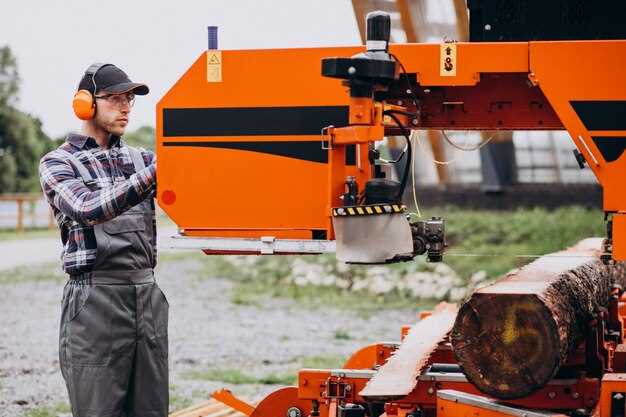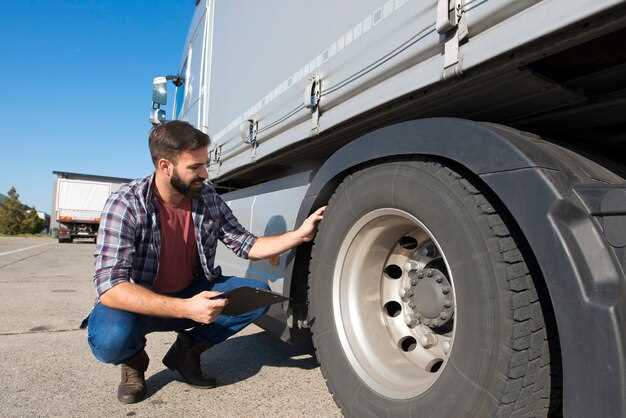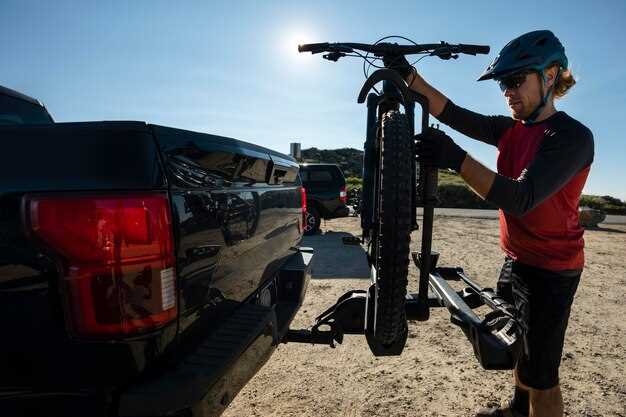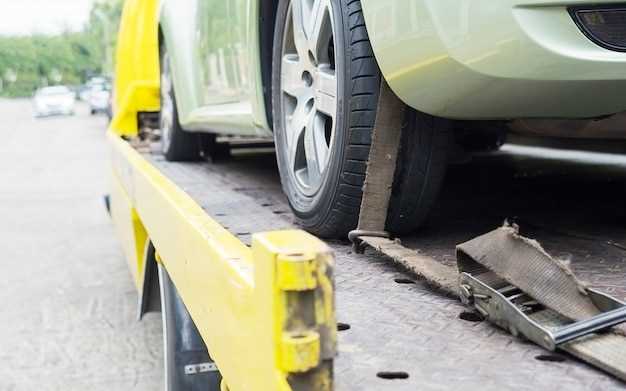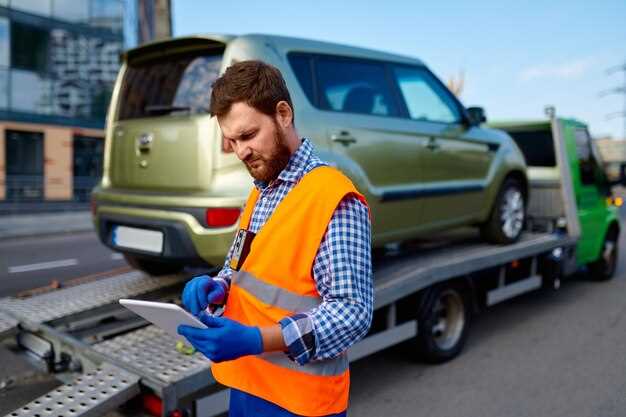
When it comes to transporting heavy loads, whether it’s a boat, trailer, or recreational vehicle, having the right equipment is essential for safety and efficiency. Tow packages are specifically designed to enhance a vehicle’s towing capabilities, offering a combination of components that can significantly improve performance and reliability. Understanding the elements that make up a tow package and their importance can help vehicle owners make informed decisions about their towing needs.
Towing capacity varies from one vehicle to another, and a standard vehicle may not possess the necessary features to handle substantial loads effectively. This is where tow packages come into play. They typically include a robust hitch, wiring harnesses for trailer lights, upgraded brakes, and sometimes even enhanced cooling systems. Each component works synergistically to ensure that not only can a vehicle tow a significant weight, but also do so safely and smoothly.
Investing in a tow package is about more than just functionality; it’s about ensuring safety. Without the proper equipment, towing can lead to hazardous situations, including potential accidents or damage to both the towing vehicle and the load being transported. Understanding the necessity of these packages is crucial, as it directly correlates with the safety and efficiency of any towing activity.
Choosing the Right Tow Package for Your Vehicle
Selecting the appropriate tow package for your vehicle involves several crucial considerations. First, you need to assess the vehicle’s towing capacity, which is typically specified in the owner’s manual. This information indicates the maximum weight your vehicle can safely tow.
Determine Your Towing Needs: Evaluate what you plan to tow. Whether it’s a trailer, boat, or camper, knowing the weight of the load and any additional cargo is essential. Ensure that the total weight does not exceed your vehicle’s towing capacity.
Understand Tow Package Components: A complete tow package often includes a hitch receiver, wiring harness, and brake controller. Each component plays a vital role in ensuring safe towing. A hitch receiver should match your vehicle’s specifications and rated capacity, while the wiring harness connects your vehicle’s electrical system to the trailer lights.
Consider Additional Features: Depending on your towing needs, you may want a tow package that offers enhanced features such as heavy-duty cooling systems or upgraded suspension. These components can provide better stability and performance, particularly when towing heavy loads.
Check for Compatibility: Ensure that the tow package is compatible with your specific vehicle make and model. Some manufacturers offer factory-installed tow packages, while others may require aftermarket options. Research compatibility thoroughly to avoid potential safety issues or performance deficits.
Budget Considerations: Tow packages can vary significantly in price. Establish a budget that accommodates your needs without compromising safety and functionality. Additional features may increase costs, but they can also enhance your towing experience.
Seek Professional Advice: Consulting with a towing specialist or dealership can provide valuable insights tailored to your vehicle and towing requirements. They can help you navigate options and ensure you select the most suitable package.
In summary, choosing the right tow package for your vehicle requires careful consideration of capacity, components, compatibility, and budget. Making an informed decision can greatly enhance your towing experience and ensure safety on the road.
Common Features and Components of Tow Packages

Tow packages are designed to enhance a vehicle’s towing capabilities and ensure safe hauling. Understanding the common features and components can help vehicle owners make informed decisions.
Towing Hitch: The primary component of any tow package is the towing hitch, which connects the trailer to the vehicle. Hitches come in various classes, from Class I for light loads to Class V for heavy-duty towing. Each class has a specific weight rating, ensuring compatibility with different towing needs.
Wiring Harness: A wiring harness is essential for connecting the vehicle’s electrical system to the trailer’s lights and brakes. Most tow packages include a wiring harness that is vehicle-specific, facilitating easy installation and ensuring compliance with safety regulations.
Tow Ball: The tow ball is affixed to the hitch and serves as the connection point for the trailer. Different sizes, such as 1-7/8 inches, 2 inches, and 2-5/16 inches, are available to match the trailer coupler size. Selecting the appropriate tow ball size is critical for safe towing.
Safety Chains: Safety chains provide an extra layer of security by connecting the trailer to the tow vehicle in case of a hitch failure. Most towing packages come with adjustable safety chains that ensure a secure connection, allowing for flexibility while on the road.
Brake Controller: For trailers with electric brakes, a brake controller is vital. This device allows the driver to control the brake timing and force applied to the trailer brakes, enhancing stopping power and safety during towing. Many tow packages include a pre-wired connector for easy installation of a brake controller.
Weight Distribution System: A weight distribution system is often included or recommended with heavy-duty tow packages. This system helps to distribute the trailer weight evenly across the vehicle’s axles, improving stability and reducing the risk of swaying while towing.
Trailer Sway Control: Some modern tow packages also offer trailer sway control systems. These systems use various technologies, such as electronic brake control or specialized hitch designs, to reduce trailer sway caused by wind or passing vehicles, enhancing overall driving safety.
In conclusion, a comprehensive tow package includes several crucial components, each playing a vital role in ensuring safe and efficient towing. Understanding these features can aid in selecting the right package tailored to specific towing requirements.
Benefits of Installing a Tow Package for Your Lifestyle

A tow package significantly enhances the functionality of your vehicle, making it a practical choice for various lifestyles. For outdoor enthusiasts, having a dedicated tow package allows for the easy transport of trailers, boats, or campers, enabling spontaneous weekend trips and adventures. This capability offers freedom and flexibility that a standard vehicle lacks.
For those who work in industries like construction or landscaping, a tow package is essential. It allows for the transportation of heavy equipment and materials, ensuring that you can carry out your jobs efficiently. The added towing capacity not only increases productivity but also reduces the risk of vehicle damage, as the proper equipment is used for hauling heavy loads.
Families benefit from tow packages when venturing on vacations. The ability to tow a camper or trailer means more comfort and amenities on the road, as well as the potential for cost savings on accommodations. It allows for a home-like experience while exploring new destinations and creating lasting memories.
Additionally, a tow package can improve the overall safety of towing. Equipped with specialized brakes, hitches, and wiring, it ensures that your vehicle can handle the added weight while maintaining control. This is particularly important when navigating hilly terrains or making sharp turns, reducing the likelihood of accidents.
Finally, installing a tow package can enhance the resale value of your vehicle. Buyers often look for extra features that add functionality and versatility, making a tow package a selling point that can lead to a higher return on investment. Overall, the installation of a tow package aligns well with an active and practical lifestyle, providing numerous benefits that cater to a variety of needs.



